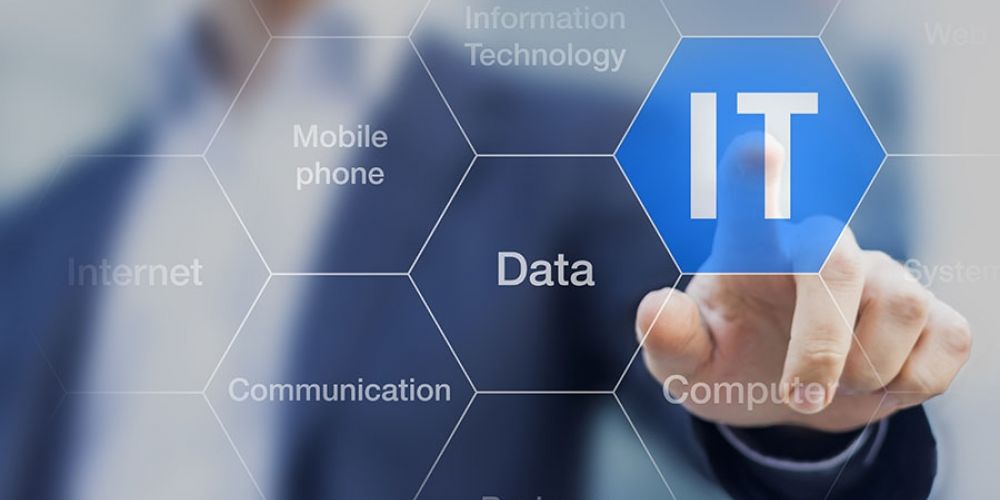
Information Technology and Business Strategies
Gone are the days when IT focused on buying what was only available or affordable and in turn expected the business process to fit. Today the business is strategized and IT must be able to fill the requirements. But in order to have a successful overall company strategy, planning should be accomplished together. IT needs to understand the goals and objectives of the business, both from a short and long term perspective. In the same manner the business side needs to understand the limitations faced by IT whether technical or financial.
So what do these planning sessions look like? From a simplistic approach, if business strategy is defined as “the means by which it sets out to achieve its desired objectives” the answer would include these:
- What does the company do? What is its mission?
- For whom does the company do these things? Who are their customers?
- How does the company excel? What will make the company successful?
With these answers in hand, the IT strategist can respond with their own question: How can technology help accomplish these goals? The computer organization deals with data and needs to comply with the business objectives. To do so, examine functional areas like the following:
Input of the data – How will the customer place orders? The business strategy may say we want customers to have mobile access as well as an in-store experience. IT will need to be equipped with the software and security tools to provide customer’s this ability.
Availability of the data – The business plan may require that customers have on-line access to order status and history without direct company intervention. Employees will need the same access and possibly more. IT will have to ensure these capabilities are available within their current environment.
Reporting the data – The decision makers will want to have current accounting and metric data readily available. IT will need to provide the tools for managing the large sums of “big data” that can now be gathered and stored.
B2B partnering in order to share data – It may be decided that in order to grow and expedite customer requirements, direct interaction with vendors and partners is necessary. It requires interfacing applications and software to implement this process safely.
Intertwined into all the discussions, agreements are needed to guarantee service levels and proper connectivity and security expectations. As IT and business have this “one strategy” conversation, these areas will need to be negotiated and built into the company overall plan. It should be a coming together of IT and business planning to ensure success.


